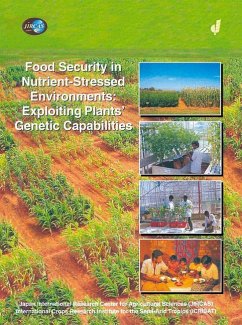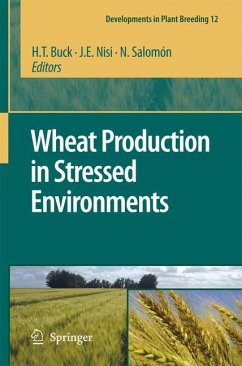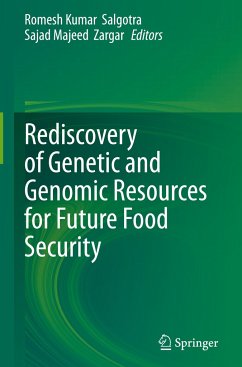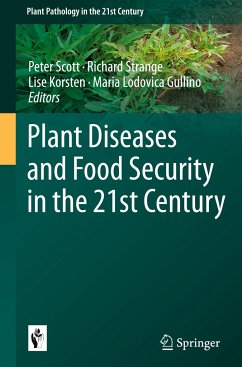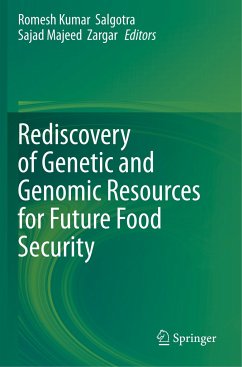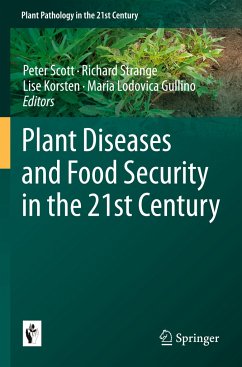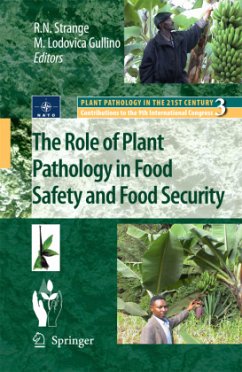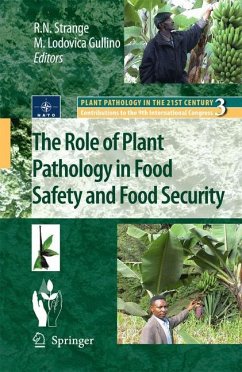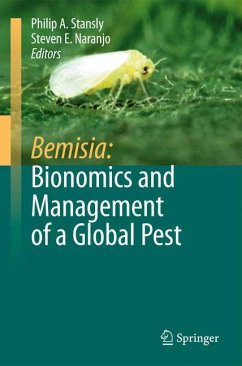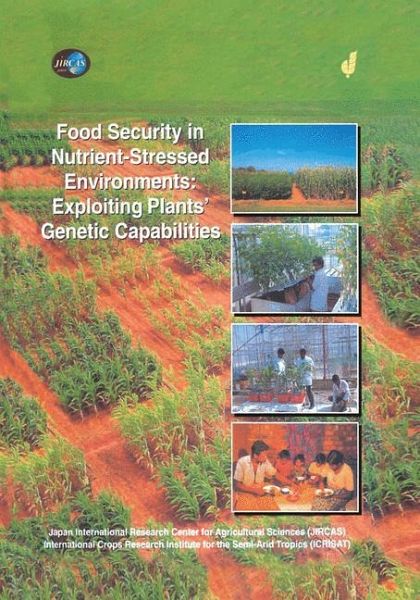
Food Security in Nutrient-Stressed Environments: Exploiting Plants' Genetic Capabilities
Versandkostenfrei!
Versandfertig in 6-10 Tagen
151,99 €
inkl. MwSt.

PAYBACK Punkte
76 °P sammeln!
Ultimate success in exploiting the genetic capabilities of plants to grow in nutrient-stressed environments of the semi-arid tropics (SAT) requires a holistic view of food systems to ensure that genetic selections for improved yields on nutrient-poor soils will actually be adopted by farmers. This book sets out to address the important issue of how physiological mechanisms of nutrient uptake can best be combined with genetic options to improve the adaptation of crops to low-nutrient availability, thereby enhancing productivity of nutrient poor soils in the semi-arid tropics. The book examines ...
Ultimate success in exploiting the genetic capabilities of plants to grow in nutrient-stressed environments of the semi-arid tropics (SAT) requires a holistic view of food systems to ensure that genetic selections for improved yields on nutrient-poor soils will actually be adopted by farmers. This book sets out to address the important issue of how physiological mechanisms of nutrient uptake can best be combined with genetic options to improve the adaptation of crops to low-nutrient availability, thereby enhancing productivity of nutrient poor soils in the semi-arid tropics. The book examines (i) the sustainability of breeding for low-nutrient environments from the viewpoint of three interrelated disciplines; physiology, breeding, and socio-economics, (ii) candidate mechanisms and physiological traits to enhance uptake and utilization efficiencies, (iii) genetic approaches for manipulation of crop plants to enhance root exudation and access nutrients in the rhizosphere, and (iv) field practices and farmers' preferences for crop varieties grown in low-nutrient environments. Finally, the role of modelling in improving nutrient efficiency in cropping systems, recommendations for future research needs and strategies were highlighted. Attended by 50 international participants, this book is the outcome of the workshop held at ICRISAT-India during 27-30 September 1999 to mark the culmination of the Government of Japan/ICRISAT Project.





